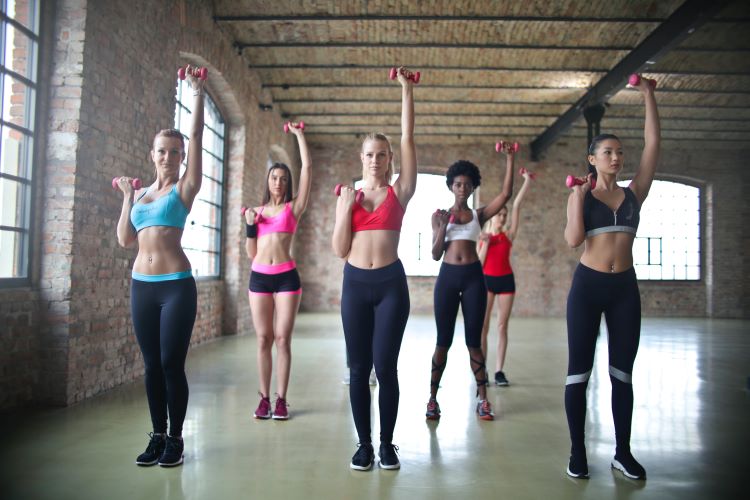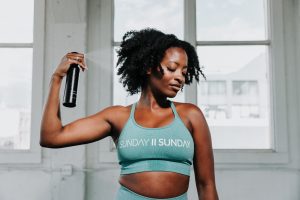How do beginners train for aerobics? – A Comprehensive Guide
Are you wondering how beginners can train for aerobics effectively? This comprehensive guide provides expert insights and tips for a successful aerobics journey.
Introduction
Aerobics is a fantastic way to boost your cardiovascular fitness, shed those extra pounds, and increase your overall energy levels. If you’re new to aerobics and asking yourself, “How do beginners train for aerobics?” you’ve come to the right place. In this article, we’ll take you through everything you need to know to start your aerobics journey on the right foot. From warm-ups to workout routines and frequently asked questions, we’ve got you covered.
The Importance of Aerobics
Aerobic exercises, also known as cardio, have numerous benefits. They improve heart health, increase lung capacity, reduce stress, and help with weight management. If you’re a beginner, it’s essential to understand the basics before diving in.
How do beginners train for aerobics?
As a novice, it’s crucial to ease into aerobics to prevent injury and build stamina. Here’s a step-by-step guide:
- Consult a Healthcare Professional: Before starting any exercise routine, consult your healthcare provider, especially if you have any underlying health conditions.
- Choose the Right Aerobic Activity: Pick an aerobic activity you enjoy, whether it’s jogging, dancing, cycling, or swimming.
- Warm-Up: Begin with a 5-10 minute warm-up to prepare your muscles and joints for exercise. Gentle stretching and brisk walking are excellent choices.
- Start Slow: For beginners, start with 20-30 minutes of exercise per day, three to five days a week.
- Gradually Increase Intensity: As your fitness level improves, increase the duration and intensity of your workouts.
- Listen to Your Body: Pay attention to how your body responds. If you experience pain or discomfort, stop and rest.
- Stay Hydrated: Drink plenty of water before, during, and after your workout.
- Cool Down: Finish your workout with a 5-10 minute cool-down, which can include gentle stretching.
- Consistency is Key: The most important aspect of training is consistency. Stick to your routine to see results.
Effective Aerobic Workouts

Different Types of Aerobic Workouts
Aerobics offers various workout options, ensuring there’s something for everyone. Here are some popular choices:
- Running: A classic aerobic exercise that can be done anywhere.
- Dancing: A fun way to get your heart rate up while learning new moves.
- Cycling: Low-impact and excellent for building leg strength.
- Swimming: A full-body workout that’s easy on the joints.
- Aerobic Classes: Join a class with a certified instructor to stay motivated.
Structured Workout Plans
If you’re wondering how to structure your aerobic workouts, here’s a sample plan to get you started:
Monday
- Warm-up: 10 minutes of brisk walking
- Workout: 20 minutes of jogging
- Cool-down: 10 minutes of stretching
Wednesday
- Warm-up: 5 minutes of light stretching
- Workout: 30 minutes of dancing
- Cool-down: 10 minutes of gentle yoga
Friday
- Warm-up: 10 minutes of jumping jacks
- Workout: 25 minutes of cycling
- Cool-down: 10 minutes of deep breathing exercises
Remember to adapt your workout to your fitness level and gradually increase intensity over time.
Frequently Asked Questions

How do beginners train for aerobics?
Q: Can I do aerobics if I’m out of shape?
A: Absolutely! Aerobics is for everyone. Start at your own pace and gradually build up your endurance.
Q: What should I wear for aerobics?
A: Wear comfortable, breathable clothing and supportive athletic shoes.
Q: Is it necessary to follow a specific diet while doing aerobics?
A: Eating a balanced diet can enhance your results, but there’s no strict dietary requirement for aerobics.
Q: How long does it take to see results from aerobics?
A: Results vary, but with consistent effort, you can expect to see improvements in a few weeks.
Q: Can I do aerobics every day?
A: It’s best to have rest days to allow your body to recover. Three to five days a week is a good starting point.
Q: Are there age restrictions for aerobics?
A: Aerobics is suitable for all age groups. Modify exercises based on your age and fitness level.
In conclusion, aerobics is an excellent choice for beginners looking to improve their fitness. Remember to start slowly, choose activities you enjoy, and stay consistent. Whether you’re dancing, running, or swimming, aerobics will boost your cardiovascular health and help you achieve your fitness goals. So, don’t wait any longer—lace up those sneakers and get started on your aerobics journey today!






Pingback: How Can I Learn Aerobics at Home? – FlexPrime